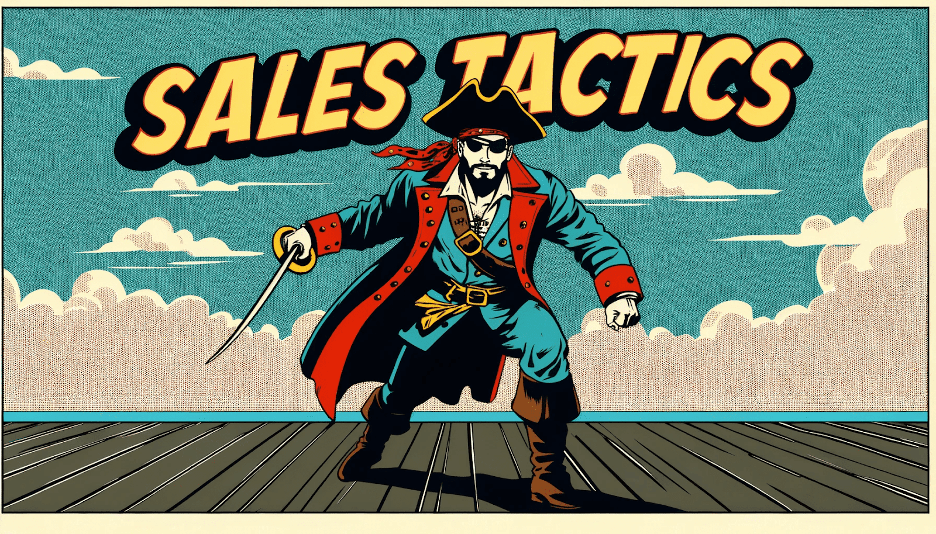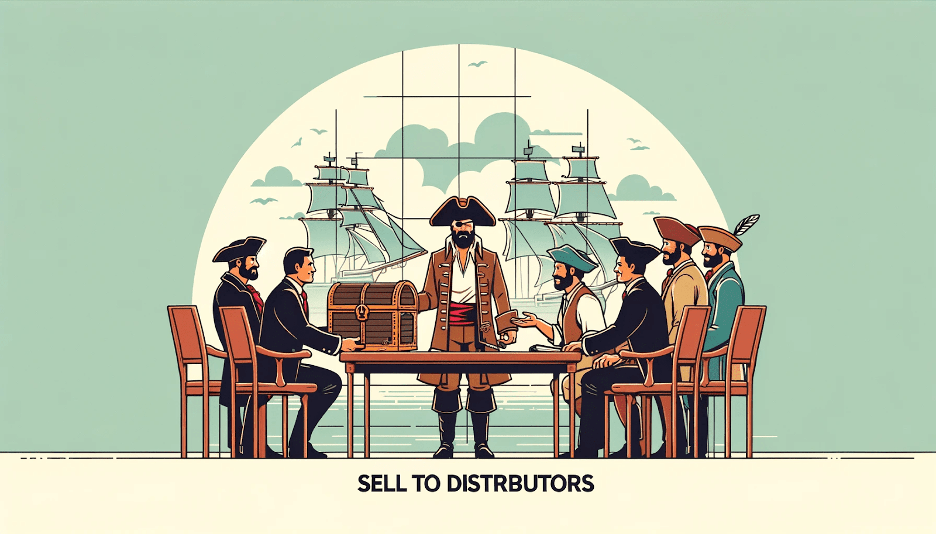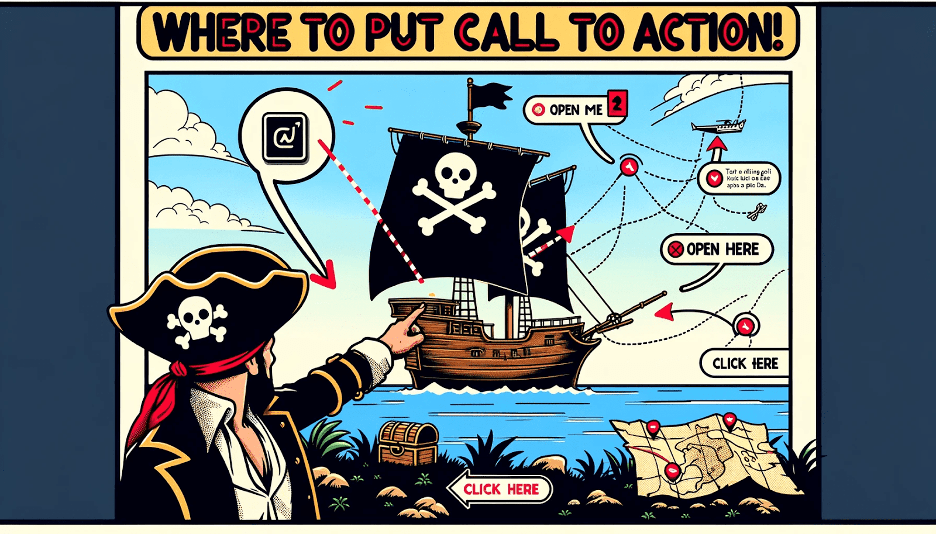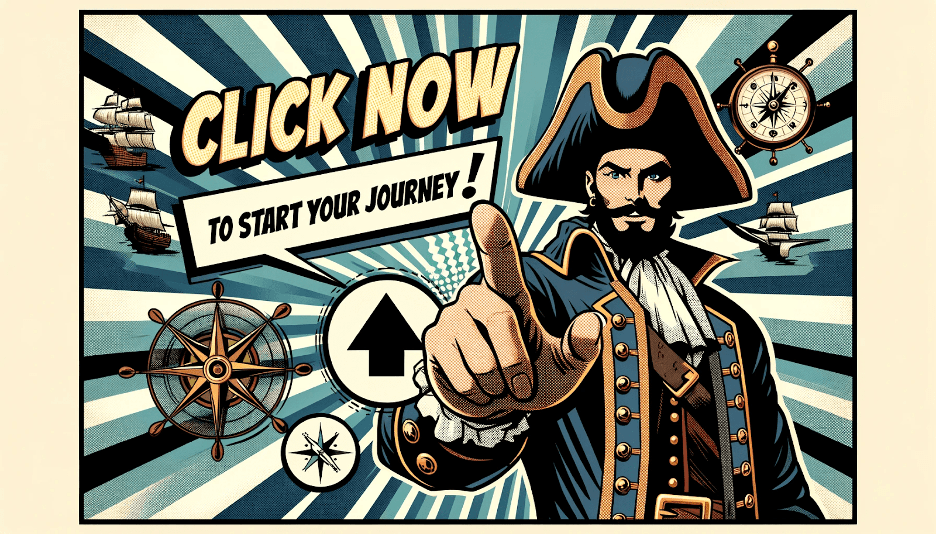
How To Price Your Marine Software Product: A Comprehensive Guide
In the maritime industry, software solutions play a pivotal role in streamlining operations, ensuring safety, and enhancing overall efficiency. However, one of the most challenging aspects for marine software developers is determining the right pricing strategy for their product.
Flat Rate Model:
The flat rate model is the most traditional way of pricing products. You pay once, and the product is yours. This model is akin to purchasing a piece of marine equipment – once bought, it’s yours to use indefinitely. The advantage of this model is its simplicity and familiarity. However, in the software realm, updates and maintenance can introduce additional costs. For marine software, this could mean updates for changing maritime regulations or new navigation data.
Subscription-Based Models:
Unlike the flat rate, subscription models mean the user doesn’t own the product but has the right to use it. This is similar to leasing a vessel – you have the right to use it, but you don’t own it. Subscription models can be further broken down:
- Pay-per-user: This model charges based on the number of users. This could be the number of crew members accessing the software on a ship. The more users, the higher the cost, but often with discounts for bulk user purchases.
- Pay-per-feature: Here, users pay for specific features or bundles of features. For instance, a basic navigation software might have add-ons for weather prediction or fuel optimization.
- Pay-per-usage: This model charges based on usage. In a marine context, this could relate to the number of nautical miles navigated using the software or the hours the software is active.
- Tier-based: Different tiers offer different feature sets. There could be tiers for small vessels, commercial ships, and large cargo vessels, each with features tailored to those specific needs.
Other Considerations:
- Trial or Freemium: Offering a free version or trial period can allow potential customers to test the software before committing. This is especially useful where the needs can vary greatly between vessels.
- Payment Plans: Monthly or yearly plans can provide flexibility. A yearly plan might offer a discount, reflecting the long voyages of many marine vessels.
- Payment Methods: Ensure a variety of payment methods, from credit cards to invoicing, to cater to the diverse needs of the marine industry.
Pricing your marine software product requires a deep understanding of both the software and marine industries. It’s essential to strike a balance between fair pricing and business profitability. By understanding and adapting the above models, software developers can ensure their solutions are both accessible and valuable to their maritime clientele. Remember, the key is to offer a product that genuinely solves problems for your customers, and then price it in a way that reflects its value and utility in the marine world.
Brought to you by
SHIPSHAPE.PRO – Innovative platform that bridges the gap in marine repair
&
MIDA.PRO – Marine Industry Digital Agency – Web dev / Marketing
Podcast – SHIPSHAPE INTERNATIONAL OCEAN INSIGHT




